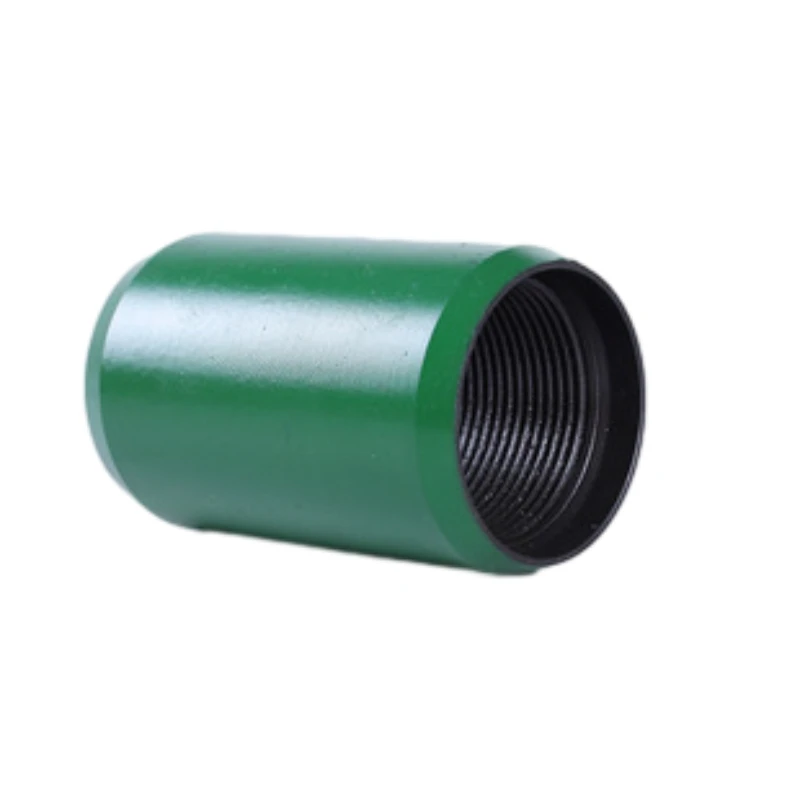- Afrikaans
- Albanian
- Amharic
- Arabic
- Armenian
- Azerbaijani
- Basque
- Belarusian
- Bengali
- Bosnian
- Bulgarian
- Catalan
- Cebuano
- Corsican
- Croatian
- Czech
- Danish
- Dutch
- English
- Esperanto
- Estonian
- Finnish
- French
- Frisian
- Galician
- Georgian
- German
- Greek
- Gujarati
- Haitian Creole
- hausa
- hawaiian
- Hebrew
- Hindi
- Miao
- Hungarian
- Icelandic
- igbo
- Indonesian
- irish
- Italian
- Japanese
- Javanese
- Kannada
- kazakh
- Khmer
- Rwandese
- Korean
- Kurdish
- Kyrgyz
- Lao
- Latin
- Latvian
- Lithuanian
- Luxembourgish
- Macedonian
- Malgashi
- Malay
- Malayalam
- Maltese
- Maori
- Marathi
- Mongolian
- Myanmar
- Nepali
- Norwegian
- Norwegian
- Occitan
- Pashto
- Persian
- Polish
- Portuguese
- Punjabi
- Romanian
- Russian
- Samoan
- Scottish Gaelic
- Serbian
- Sesotho
- Shona
- Sindhi
- Sinhala
- Slovak
- Slovenian
- Somali
- Spanish
- Sundanese
- Swahili
- Swedish
- Tagalog
- Tajik
- Tamil
- Tatar
- Telugu
- Thai
- Turkish
- Turkmen
- Ukrainian
- Urdu
- Uighur
- Uzbek
- Vietnamese
- Welsh
- Bantu
- Yiddish
- Yoruba
- Zulu
Casing Thread Specifications and Coupling Types for Enhanced Well Integrity and Performance
Understanding Casing Threads and Couplings in Oil and Gas Industry
In the oil and gas industry, the proper functioning and integrity of a well are paramount for operational efficiency and safety. One of the critical components that play a significant role in ensuring this integrity is the casing, specifically the casing threads and couplings.
Casing is a series of pipes that are installed in the wellbore to provide support and protection to the well, preventing the collapse of the surrounding rock and isolating the well from groundwater. The casing is typically made of steel and is available in various diameters and grades, depending on the specific requirements of the well.
Casing Threads A Vital Connection
Casing threads are designed to create strong, leak-proof connections between individual casing sections. These threads can be compared to the screws used in everyday applications—they are the means by which each segment of casing is joined together. The quality and type of casing threads are crucial for maintaining well integrity, as they must withstand high pressures and other challenging conditions encountered during drilling and production operations.
There are two primary types of casing threads commonly used in the industry API threads and premium threads. API threads are standardized and widely used due to their simplicity and cost-effectiveness. However, they may not provide the same level of sealing and strength as premium threads, which are specially designed for critical applications and more demanding environments. Premium threads often feature advanced sealing technologies and special designs that enhance their performance, making them ideal for deep-water or high-pressure environments where failure is not an option.
casing threads and couplings

Couplings The Bridge Between Casing Segments
Couplings are connectors that facilitate the connection between two casing joints. They come in various types, sizes, and materials to suit different application needs. The fundamental role of a coupling is to provide a robust mechanical connection while ensuring fluid-tight integrity between casing sections. There are two main types of couplings plain-end couplings and threaded couplings. Plain-end couplings are simple devices that connect casing pipes that have been specially manufactured with internal threads or prepared ends. Threaded couplings engage directly with the casing threads to form a continuous length of casing.
Moreover, couplings can have different designs to optimize their performance. For instance, integral couplings are manufactured as part of the casing pipe itself, leading to a stronger joint with reduced risk of failures. Conversely, lap welded couplings are made separately and then welded to the casing, allowing for greater flexibility in connection methods.
Conclusion
The world of casing threads and couplings is fundamental to the integrity of oil and gas wells. The importance of selecting the right casing threads and couplings cannot be overstated. Their ability to form secure, robust connections ensures the safety and efficiency of operations, ultimately leading to successful project outcomes. As technology continues to advance, further innovations in thread and coupling designs will likely emerge, enhancing the performance and reliability of well construction in the challenging environments of the oil and gas sector. With ongoing commitment to quality and safety, the industry can better navigate the complexities of modern drilling operations.
-
Tubing Pup Joints: Essential Components for Oil and Gas OperationsNewsJul.10,2025
-
Pup Joints: Essential Components for Reliable Drilling OperationsNewsJul.10,2025
-
Pipe Couplings: Connecting Your World EfficientlyNewsJul.10,2025
-
Mastering Oilfield Operations with Quality Tubing and CasingNewsJul.10,2025
-
High-Quality Casing Couplings for Every NeedNewsJul.10,2025
-
Boost Your Drilling Efficiency with Premium Crossover Tools & Seating NipplesNewsJul.10,2025







